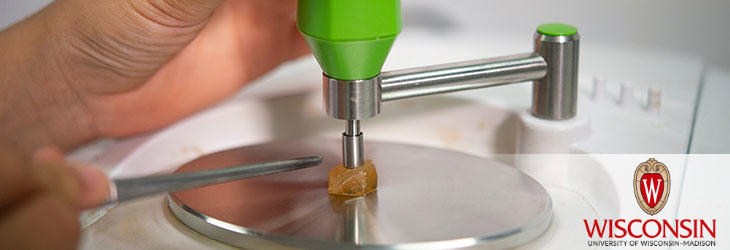Research Tools

Methods of Using Redox-Active Surfactants to Control Polymer Interactions
WARF: P05276US
Inventors: Nicholas Abbott, David Lynn, Yukishige Kondo, Christopher Jewell, Melissa Hays
The Wisconsin Alumni Research Foundation (WARF) is seeking commercial partners interested in developing superior transfection agents that enable control of nucleic acid delivery.
Overview
Cationic lipid-mediated delivery of nucleic acids and proteins may replace virus-mediated transfection of exogenous DNA for many applications. However, current lipid-based carriers provide limited control over the transfection of a subset of cells within a larger population.
The Invention
UW-Madison researchers have developed superior transfection agents that allow spatial and temporal control over the delivery of nucleic acids to cells. These redox-active surfactants switch between a first oxidation state that promotes transfection of cells and a second oxidation state that is less effective at transfecting cells. The transformation between oxidation states is triggered by applying an electrochemical potential to the transfection agent, contacting the agent with an electron donor/acceptor or exposing the agent to an oxidative/reductive environment in a tissue. Redox-active surfactants are also capable of controlling the aggregation of polymers in solution by switching between an oxidation state that facilitates aggregation and one that does not.
Applications
- DNA delivery
- Control of the aggregation of polymers and surfactants in solution
Key Benefits
- Provides spatial and/or temporal control of cell transfection
- May use externally controlled stimuli
- Results in greater transfection efficiencies and lower cell toxicity than the widely used cationic lipid carrier lipofectamine
- Applicable in vivo or in vitro
Tech Fields
For current licensing status, please contact Jennifer Gottwald at [javascript protected email address] or 608-960-9854